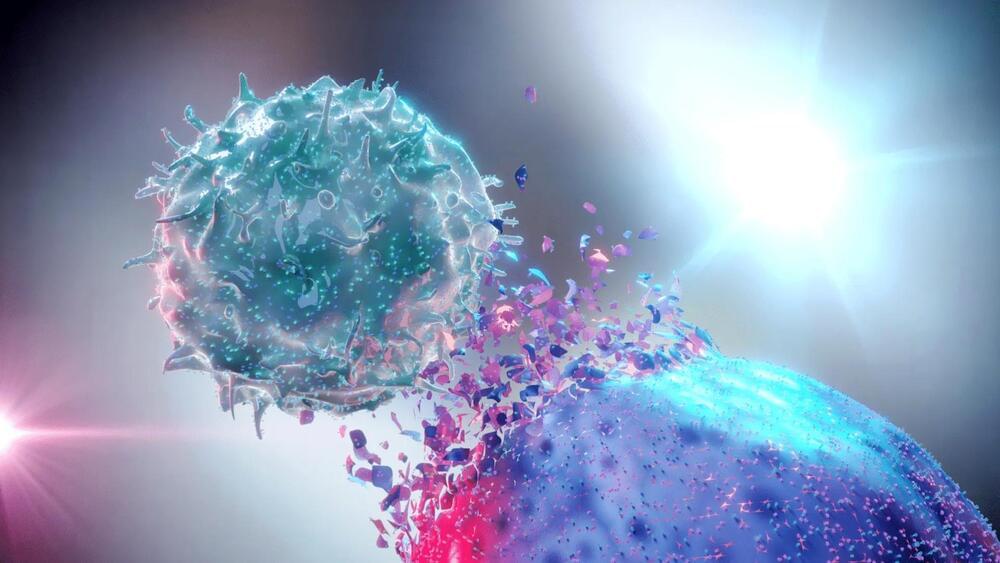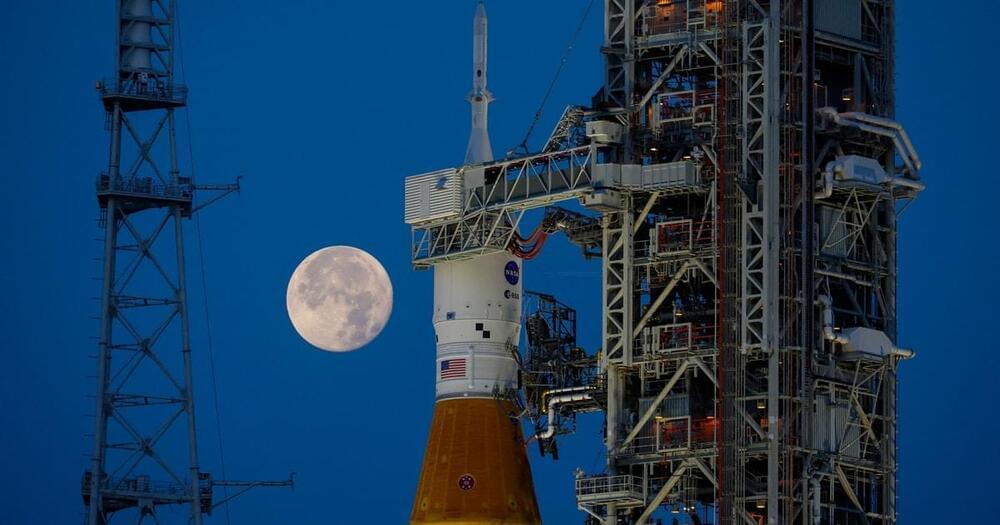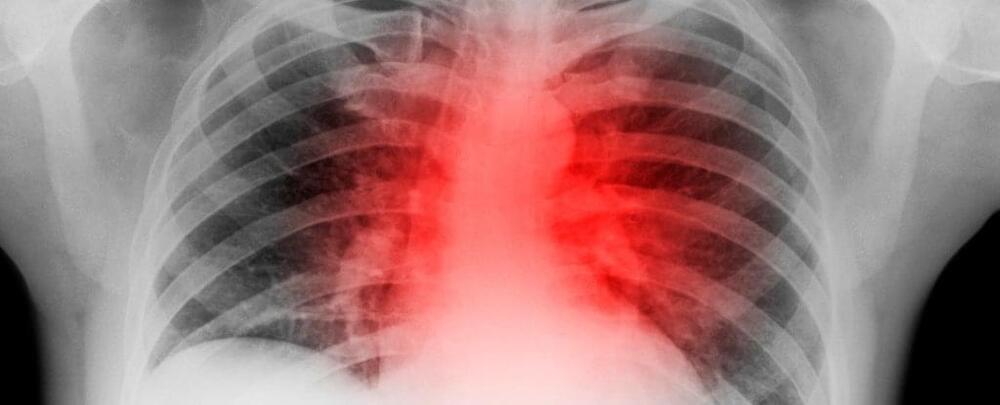Artificial intelligence; it’s everywhere! Our homes, our cars, our schools and work. So where, if ever, does it stop? And how close to ourselves can our devices reasonably get? For this video, Unveiled uncovers plans to use human brain implants to improve the performance of our brains! What do you think? Are neural implants a good thing, or a bad thing?
This is Unveiled, giving you incredible answers to extraordinary questions!
Find more amazing videos for your curiosity here:
What If Humanity Was A Type III Civilisation? — https://www.youtube.com/watch?v=jcx_nKWZ4Uw.
Why the Microverse Might Be a Reality — https://www.youtube.com/watch?v=BF6n-bjYr7Y
Are you constantly curious? Then subscribe for more from Unveiled ► https://goo.gl/GmtyPv.
#AI #ArtificialIntelligence #Advanced #Future #Futuristic #Technology #Civilization





